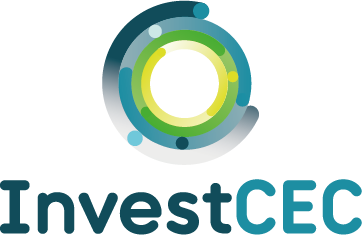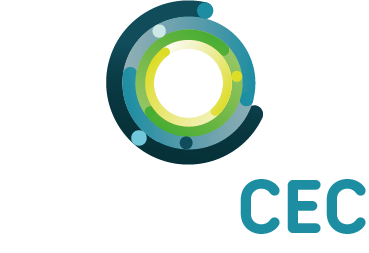CARTIF Technology Centre has recently released a report, as part of the InvestCEC project, that provides an in-depth analysis of the challenges and opportunities associated with transitioning to a circular economy (CE). This transition, encourages the reuse, recycling and regeneration of materials to minimize waste and optimize use of resources. A major obstacle in achieving these CE goals is securing funding. The report emphasizes that overcoming this financial barrier is critical for the success of CE projects. It therefore provides a clear overview of financial barriers in this transition and suggests practical solutions to tackle them.
Identified Barries
The barriers identified in CARTIF’s analysis can be categorized into four main areas, each highlighting a set of challenges to CE transition:
- Investment-Related Challenges: These challenges refer to the reluctance among investors to engage with CE ventures due to their novelty and the perceived risks involved. Moreover, challenges such as significant initial investments and uncertain returns, further create a barrier for CE investments.
- Pricing and Valuation Challenges: Another significant barrier is the failure of current economic models to fully account for environmental externalities – unaccounted costs or benefits impacting the environment – and accurately value CE efforts. This causes a gap where the true economic and environmental value of CE projects is not fully recognized and often undervalued.
- Financial Structures and Models: The report also highlights the need for rethinking financial structures to better support CE initiatives. The lack of existing financial instruments and structures to meet the unique needs of CE is discussed and innovative financial solutions are suggested.
- Market and Incentive Challenge: These challenges focus on the limited market demand for circular products, which is driven by low consumer awareness and higher costs. Additionally, there is a misalignment of economic incentives with CE goals, indicating a need for policy and educational interventions.
Proposed Solutions
To overcome these barriers, the report outlines several strategies, including the development of guidelines for circular economy investments, the creation of tailored financial products, and government-led interventions such as subsidies and incentives. It also emphasizes the importance of consumer education and policy reforms to enhance market demand for CE products and align economic incentives with sustainability goals. InvestCEC is actively working towards these solutions, showcasing commitment to overcoming CE barriers.
The Klagenfurt Case Study
Finally, the report includes a case summary on Klagenfurt, focusing on how Stadtwerke Klagenfurt, the local utility company, applies circular economy (CE) principles. This example highlights the practical challenges encountered when transitioning towards CE, particularly in securing financing and adhering to regulations. The case emphasizes the significance of tailored strategies and collaborative efforts in successfully shifting to a circular economy.
Interested in exploring more details? Click here to access the full report.



